Posted in Uncategorized

Don’t Send the Big-Law Battleship When the Small-Firm Destroyer Will Do the Job
When do you need a battleship? And when do you need a destroyer?
No, I’m not talking about maritime military strategies. I’m speaking more in my wheelhouse—the practice of law—and coining “battleship” and “destroyer” as proverbial metaphors to illustrate a common oversight I see many companies and general counsel making, often at unneeded expense, time, and even risk.
Picture a battleship. Big. Powerful. Heavy-duty. Such a behemoth might represent “Big Law,” the large firms with sometimes staffing hundreds of associates, even hundreds of partners at a time, with very large support staffs. They’re big, they’re powerful, and they come heavily armed for large battles.
Unfortunately, they typically come with equally impressive hourly rates.
Then there are the “destroyer” firms out there: smaller firms, boutiques, and even sole practitioners. These firms are typically more nimble, easier to move and redirect, and quicker to respond to the smaller battles—the more specialized discrete matters that need to be taken care of expeditiously and cost-effectively.
Not every matter requires a battleship, and you shouldn’t be sending a battleship when a destroyer will do. And even do better.
When a Battleship is Called For
There is no doubt that there are many instances in which the stakes are high enough, and the matter is complex enough, that Big Law is called for. Multi-million dollar supplier/OEM disputes are a good example in which you want the bandwidth, horsepower, experience, and demonstrable track record that larger firms bring to the table. While there are certainly specialized litigation boutiques that have long track records of successful outcomes in high-stakes litigation, when you’re facing a “bet-the-firm”-type matter, there is a certain confidence that comes with hiring a firm with significant resources and expertise, even if it comes at a premium.
When a Destroyer Gets It Done With Precision
Conversely, there are a great many matters in which the human capital, expense, and longer turnaround times that typically accompany Big Law cannot be justified. I see too many companies and general counsel using a proverbial hammer to push in a thumbtack at times, deploying the behemoth battleship when a more nimble and agile destroyer is better suited. In the realm of intellectual property law, for example, there are many examples of matters where you want specialized expertise but for which large firms and hourly rates are overkill.
Take, for instance, a situation in which a company is in the early stages of developing a new product. Maybe the project is still somewhat speculative, and the company isn’t entirely sure that this new innovation will ever make it to market, but it represents a big enough reason for optimism that the company wants to be certain its intellectual property is protected. Deploying the Big Law battleship to do a patent clearance and search is unnecessarily expensive, and it’s likely the case that the solo IP practitioner or boutique firm has more experience and expertise in this discrete area of the law, and can execute the project more cost-effectively and more quickly. In this hypothetical, if the product continues to move to market, you’re amply protected from an IP perspective, and if it doesn’t, you’re not out huge sums of money that might come in the form of a Big Law invoice. Best-case scenario, the product moves forward, and you now have a dedicated IP expert to manage that patent portfolio ongoing, with deep knowledge of the product and at a fraction of the cost that a larger firm might charge.
The Dangers in Deploying the Battleship When a Destroyer is Appropriate
There are additional hidden costs and perils in engaging Big Law when a smaller, more nimble firm or sole practitioner might be better suited, beyond merely the higher hourly rate. As, myself, once a client of larger firms when I served in-house as corporate counsel, I know full well that the “meter’s always running” at Big Law. Associates and partners at large firms are compelled to bill each and every minute they spend on their client matters. So if they answer your phone call with a quick clarifying question, you’re likely getting a bill. Not only do those small increments add up month after month, year after year (resulting in hundreds, if not thousands, of dollars in additional fees), it creates a disincentive for the client to reach out to the firm with questions or quick advice.
This is typically not the case at smaller firms and solo attorneys. The quick questions and occasional advice should, in my view, be part of the project scope that the client agrees to. Of course, if in the course of that conversation, new legal work is required, that would generate a new engagement and new project fee. But the informal counsel and direction that an attorney is able to provide curious clients who aren’t themselves subject matter experts should be part of the attorney-client partnership. Otherwise, what might a client need to know but be afraid to ask?
Consider a company that is preparing to attend and exhibit at an upcoming trade show, and the company representatives are eager to showcase a new innovation or product they have been working on and will soon take to market. The smart executive would call his or her IP counsel and ask whether that’s prudent or if there should be a patent filing in place prior to showcasing the new innovation. But what if they’re afraid of the forthcoming Big Law invoice and decide to move forward and hope for the best? That’s a very real scenario I’ve seen happen, and think of the hidden costs and exposure the avoidance of a simple phone call might present to the company!
Then there is the matter of time. In the above scenario, let’s say you need to hear back quickly, or get a matter filed prior to a looming deadline. Large law firms are typically laden with process and bureaucracy, resulting in slower turnaround times. Unless you’re one of the firm’s biggest clients, chances are some larger company’s priorities are being tended to before yours are. In the time you might wait to even hear back from the battleship to acknowledge receipt of your request, a more nimble destroyer might have your answer, a patent filed, and a status confirmation memo drafted and in your inbox.
Finally, there is the very real matter of employee turnover plaguing large law firms these days. While there was always a fair amount of turnover at the lower levels of large firms, this has only been accelerated and exacerbated by the recent pandemic. Associates are firm hopping, knowing that talent is in high demand and some other firm out there might offer more favorable working conditions, such as fully remote work. Partners are increasingly reporting career burnout, with many leaving the legal profession altogether.
As a result, it’s not uncommon for the team representing you at Big Law to turn over every six to 18 months. And every time you bring in a new face, that person needs to be brought up to speed, either by you or by reviewing files. At Big Law, rest assured, you’re paying for that. You’re also presenting situations where things can “fall through the cracks” or “get lost in translation.” At smaller destroyer-type firms, you’re likely dealing with the same person for the duration of your relationship with that firm—especially with sole practitioners, whose names are literally on the door of the firm. They’re not going anywhere, and they bring the added benefit of being highly experienced specialists, as opposed to junior associates at Big Law who might be learning on the job.
The Battleship Has Its Moments
Please don’t misunderstand. I am, in no way, advocating that companies and general counsel dismiss their Big Law relationships and move everything over to the destroyer model. As acknowledged earlier, there are many high-stakes matters and complex areas of the law that necessitate bringing in the battleship.
This is not an either/or situation. What I am advocating for is a “both” approach. It most certainly is more cost-effective, wiser and exponentially more efficient to engage multiple firms (of various size and specialty) than it is to send all of your legal work to either Big Law or a smaller boutique or sole practitioner. You truly want the full arsenal at your disposal, both the battleship and the destroyer.
Knowing when to deploy each will be your secret weapon in any battle that should cross your legal bow.
Want to learn more? If you’re ready to explore whether this battleship/destroyer model is right for you and your organization, contact me to schedule a conversation on how I may be able to be the “destroyer” you need, at [email protected].
Disclaimer & Notice: The content of this article does not constitute legal advice. The information presented herein is for informational use only. Not responsible for the actions or failures of third parties. Not responsible for any action or inaction based on the content of this article. The content of this article is solely the opinion of the author(s) and may not necessarily be those of Remenick PLLC, its clients, or members. Reading this article does not constitute the establishment of an attorney-client relationship. Any communication received will not be confidential unless and until an attorney-client relationship is established by an engagement letter. The content of this article may not be current as of the date of access and may be removed or updated without notice. Consult with legal counsel before undertaking any legal action.
Copyright 2021 J. Baron Lesperance. All rights reserved.


